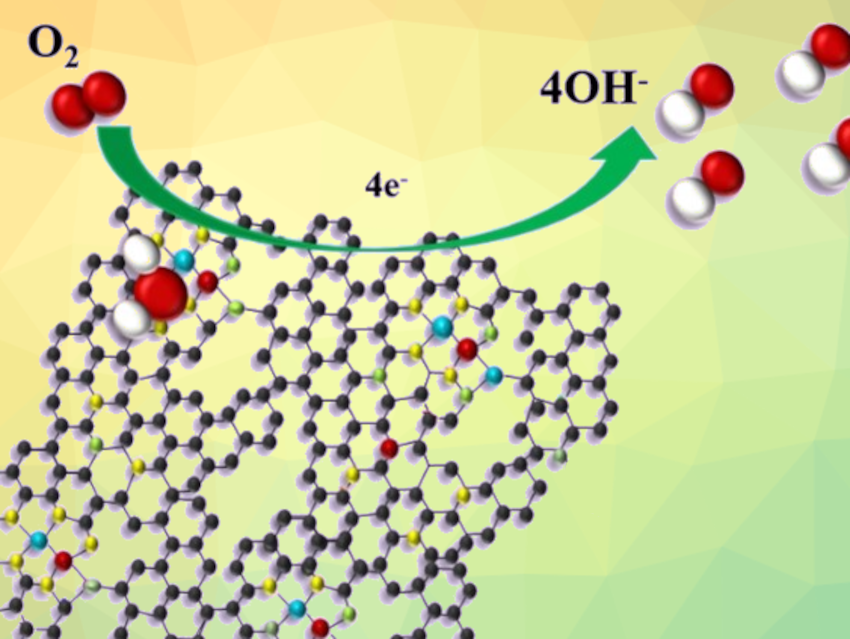Heteroatom-doped carbon materials have garnered research interest due to their promising catalytic properties and high durability, e.g., for the oxygen reduction reaction (ORR). Shrine Maria Nithya Jeghan, Gibaek Lee, Yeungnam University, Gyeongsan, Republic of Korea, and colleagues have developed N,S-co-doped FeCo nanoparticles supported on porous carbon nanofibers as electrocatalysts for ORR.
The team prepared the catalyst from a mixture of Fe(NO3)2·9H2O, Co(NO3)2·6H2O, thiourea, and polyacrylonitrile (PAN) in dimethylformamide (DMF), which was electrospun to create nanofibers. The nanofibers were stabilized in air at 280 °C, followed by carbonization at 800 °C in an N2 atmosphere to give three-dimensional carbon nanofibers (CNFs) decorated with Fe and Co and doped with nitrogen and sulfur, or FeCo-N,S@CNFs.

FeCo-N,S@CNFs are highly active ORR catalysts, with a performance comparable to commercial Pt/C catalysts, and perform well in proton-exchange membrane fuel cells (PEMFCs). The team attributes the remarkable ORR activity to the synergistic interactions between the Fe and Co centers and the heteroatoms in the 3D carbon framework. The team suggests that the new, low-cost catalyst could replace commercial Pt/C catalysts in PEMFCs.
- N,S‐co‐doped FeCo Nanoparticles Supported on Porous Carbon Nanofibers as Efficient and Durable Oxygen Reduction Catalysts,
Dong-kyu Son, Sooan Bae, Shrine Maria Nithya Jeghan, Gibaek Lee,
ChemSusChem 2022.
https://doi.org/10.1002/cssc.202201528




